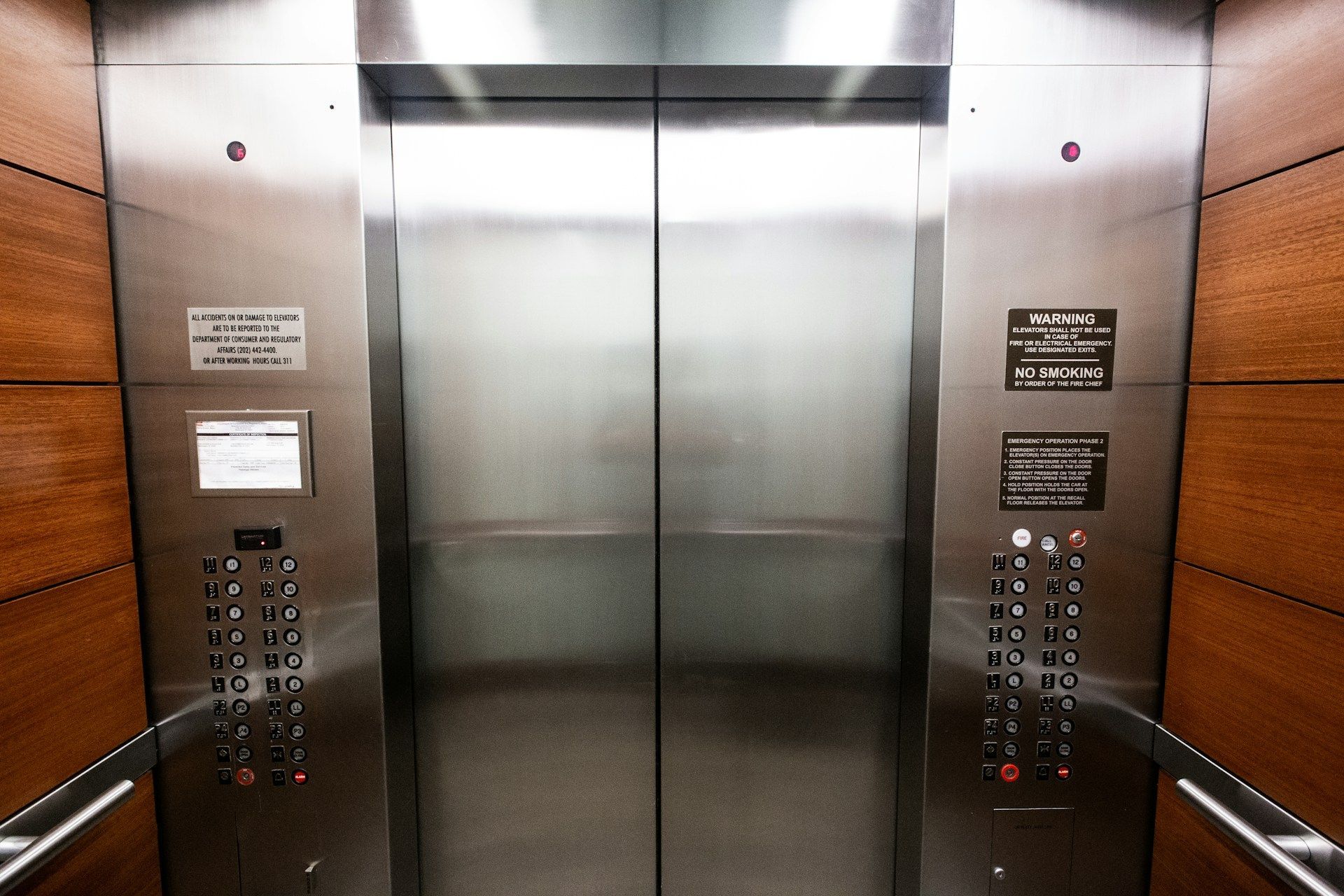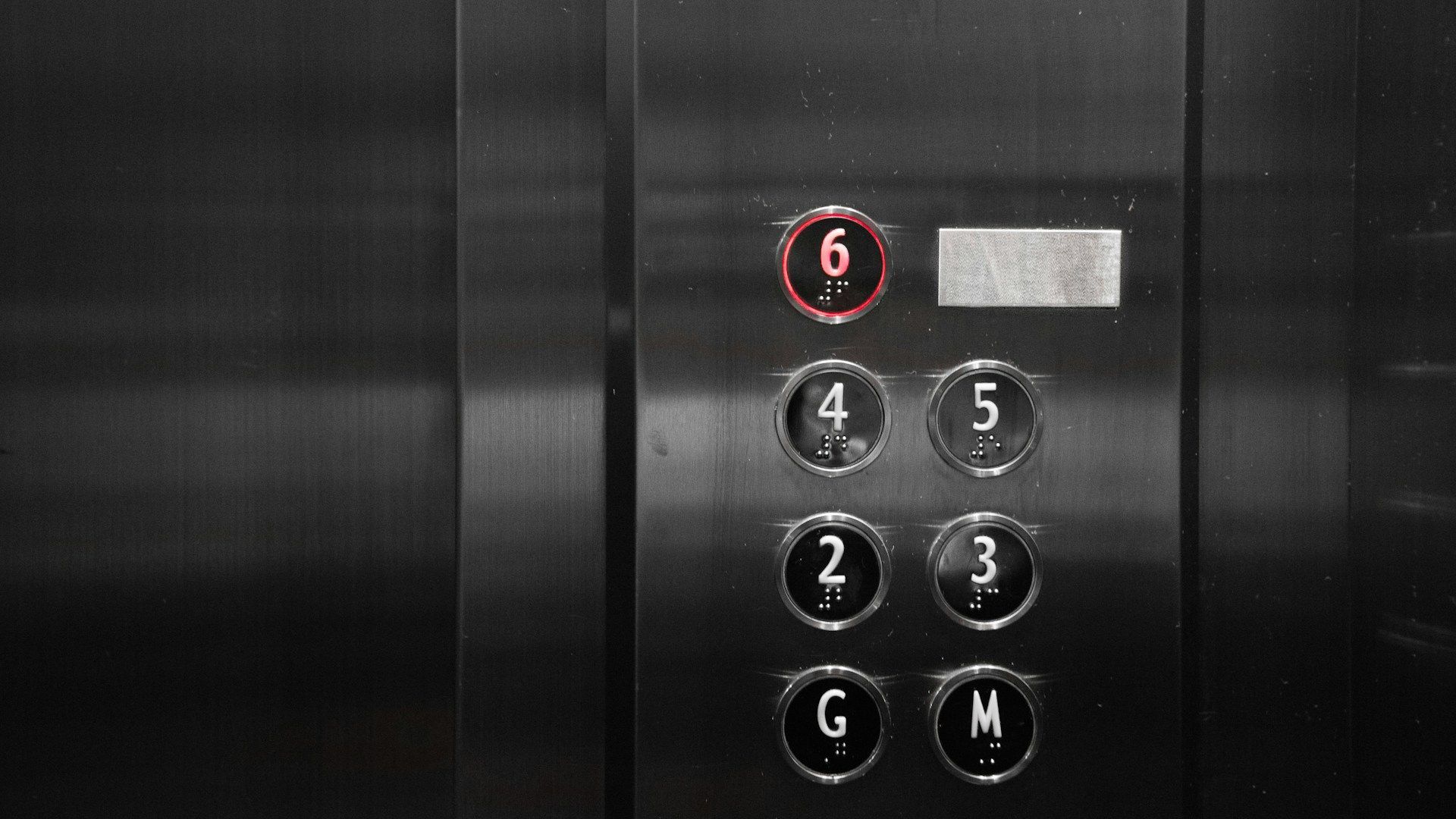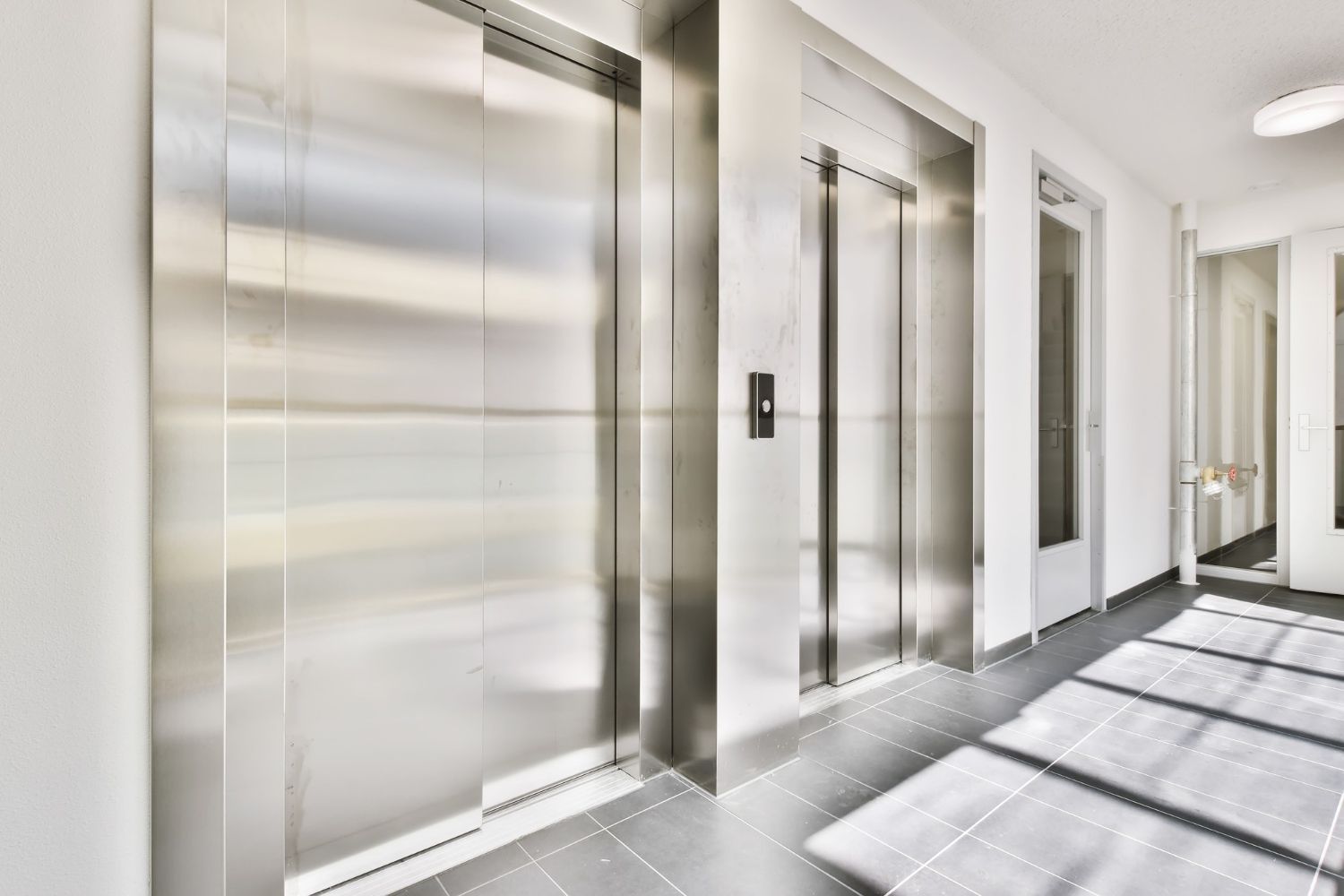Common Elevator Problems and Fixes
Elevators are a vital part of buildings, making it easy to move between floors. But like any machine, elevators can have problems. Knowing how to identify and fix common issues can save you time and keep your elevator running smoothly.
Elevator doors are one of the parts most prone to problems. They might not open or close properly, which can delay everyone. Recognizing the common causes and simple fixes can make a big difference. Sometimes, though, issues might need a professional's touch to ensure safety and lasting repairs.
Unusual noises and vibrations are another frequent problem. These can be caused by various issues, from loose parts to mechanical failures. It's important to figure out where the noise is coming from and take steps to fix it. Sometimes, it's best to get a professional assessment to avoid more serious problems.
Elevators can also move slowly or erratically. Whether it's due to old age, wear and tear, or other factors, slow elevators can be a major inconvenience. Learning about common causes and steps to improve performance can help. In some cases, long-term solutions might be needed to keep the elevator running well.
Frequent breakdowns are the most frustrating issue. They disrupt the building’s flow and can cause safety concerns. Understanding common causes and taking preventative measures can reduce the chance of breakdowns. Regular maintenance plays a big role in keeping your elevator reliable and safe for everyone.
Elevator Door Issues
Common problems with elevator doors can include them not opening or closing properly. This often happens due to dirt and debris blocking the sensors. Also, worn-out rollers and tracks can cause doors to get stuck or move unevenly. Sometimes, the door motor might malfunction, making the doors sluggish or unresponsive.
To fix these simple issues, start by cleaning the door tracks and sensors. Remove any dirt or objects that might be blocking the sensors. Check the rollers and make sure they are in good condition. If the rollers are worn out, consider replacing them. For motor problems, resetting the system can sometimes resolve minor issues.
Knowing when to call a professional is important. If the doors still don’t work correctly after these simple fixes, it’s time to contact an expert. Problems like faulty motors or damaged control systems require professional attention to ensure safety and prevent further damage.
Unusual Noises and Vibrations
Unusual noises and vibrations in an elevator can signal underlying issues. These noises can come from various sources like loose components, worn-out parts, or issues with the motor. Identifying where the noise is coming from can help you pinpoint the problem.
Start with basic troubleshooting steps. Secure any loose panels or fixtures inside the elevator. Check for worn-out parts like rollers or bearings and replace them if necessary. Lubricate moving parts to reduce friction and noise. This simple maintenance often solves minor issues and improves the elevator’s smoothness.
However, professional assessment is crucial for more persistent noises and vibrations. If the basic fixes don’t solve the problem, it could be a sign of a more serious mechanical issue or motor failure. Calling a professional ensures a thorough inspection and appropriate repairs, keeping the elevator safe and reliable. Regular check-ups can help catch these problems early before they escalate.
Slow or Erratic Movement
Slow or erratic movement in an elevator can be frustrating. Several factors can cause this, such as an old motor, worn-out cables, or issues with the control system. Sometimes, even debris in the elevator shaft or a poorly calibrated system can slow down the elevator.
To improve performance, start by checking and cleaning the elevator shaft. Clear any debris that might be obstructing movement. Inspect the cables and replace any that show signs of wear. Calibrating the control system can also help the elevator run more smoothly. Simple tasks like these can often resolve minor performance issues and make the ride faster and more reliable.
For long-term solutions, consider upgrading old parts and systems. Replacing an old motor or installing a more advanced control system can greatly improve elevator speed and reliability. Regular professional inspections are also essential to catch potential issues early and keep the elevator running at its best.
Frequent Breakdowns
Frequent breakdowns can disrupt the daily flow of a building and cause safety concerns. Common causes include old age, neglected maintenance, and faulty parts. Elevators with outdated technology are more prone to breaking down, as are those that haven’t been regularly serviced.
Preventative measures can help reduce the chance of breakdowns. Schedule regular inspections and maintenance to catch and fix small issues before they become big problems. Ensure that all parts are in good condition and replace any worn-out components promptly. Keep the elevator clean and free of debris to avoid unnecessary wear and tear.
The role of regular maintenance cannot be overstated. Routine check-ups by a professional can identify and resolve issues that might not be obvious during daily or monthly inspections. Regular maintenance keeps the elevator running smoothly, reduces the risk of unexpected breakdowns, and ensures the safety of everyone using the elevator.
Conclusion
Understanding common elevator issues and how to fix them can save time and ensure the safety and reliability of your elevator. From door problems to unusual noises and frequent breakdowns, knowing the causes and solutions helps keep the elevator in good working order. Regular inspections and maintenance play a crucial role in preventing issues and extending the elevator’s lifespan.
If you encounter any complex problems or need expert help, don’t hesitate to reach out to professionals. Keeping your elevator running smoothly benefits everyone in the building. For expert elevator maintenance and repair services, contact Elevator Solutions Inc. today. Our team is dedicated to providing safe and reliable
elevator service in the Midwest.



